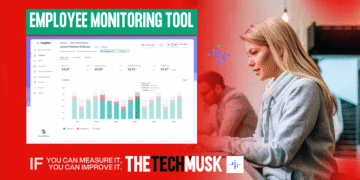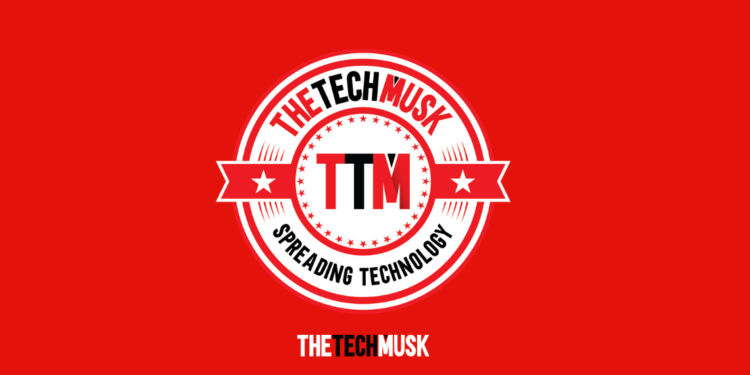A designing method, the cloud-native architecture is gaining popularity day by day. This architecture system uses the services of EC2, S3, AWS’s Lambda. In this way, you can design an agile and dynamic system that you can deploy with ease. You can build a microservices infrastructure that can be easily built, run, and updated, as opposed to a monolithic system.
5 Principles of Cloud-Native Architecture
Scalability and resilience are key objectives for cloud-native architecture. By scaling horizontally, decentralizing processing, and auto-replacing failed components, it achieves this.
With a focus on how to use cloud architecture to its maximum potential, the principles are designed. Let’s take a look at them now.
Number 1: Think Before You Act
Storing of data was initially was thought to be an easy task. However, with the confidentiality rising along with the data rising risk, this has become a concern. During the designing process, this is considered the hardest part.
So before getting all done, from designing to implementing, think about your data import. That includes,
- When to store data?
- How to tore data
Going stateless is one idea. In stateless, none of the knowledge with be stored. Therefore, every transaction will start from scratch. There are some good advantages of going stateless. Here are some,
- Scaling: In this case, scaling is much easier. No need for going through a lot of hassle, as you can scale up by adding more copies. And when you need to scale down, just terminate them once they have served their purposes.
- Fixing: Failing components are everyday scenes. An instance of a component that has failed needs to be repaired. Stateless systems can be terminated in the most graceful manner possible. And then, a replacement application can be launched.
- Rewinding: Imagine you just had a bad deployment. What to do now? Well, you can easily roll back with stateless components. In the process, you will be terminating them as well. Some old versions will also be launched later.
- Load-Balancing: Load balancing is far simpler when the components are stateless. This is because a request can handle nearly any instance. This is not the case for stateful components.
Number 2: Architecting all the Time
Cloud-Native Architecture is always evolving. The dynamic nature of this system is one of its main characteristics. For this reason, you need to be dynamic as well, coping with all the changes. System architecture should always be improved, refined, simplified, and simplified again. And you need to be ready for the all the time.
Architecture can change for various reasons. One can be the need of your organization. This might get changed based on the decision from the upper management. Or there may be a change in the landscape of the IT system. Besides, there is another possibility. Cloud providers themselves may change their capabilities.
Yes, constant investment is also a need for such scenarios. However, this is an expected event, and being ready to face won’t fail you. Because in an ossifying IT system, the organization rapidly comes to a standstill. Consequently, you will not be able to respond to new opportunities or threats.
Number 3: Prefer Services that are Managed
If you are thinking cloud is just infrastructure, you are doing this wrong. This is more than that. Excluding a few, most of the cloud providers will give you additional benefits. Managed services are one of them.
It’s easy to maintain and control your backend infrastructure with managed services. Although there are situations where a user may feel captivated, that is only his/her perspective. Managed services offer you the opportunity of getting help in several situations, however.
Managed services are a subject of debate in general. Whether to use them or not. There is a consideration to take into account. It is the ability to transport them, as well as the operational costs. Money and skills are equally important. Yet, they come with benefits and they are,
- Be Focused on Your Core Objectives
- Cost-Effectiveness
- The Experience You Need
- Needful Scalling
- Downtimes won’t be Costly
- Get in Touch with a Reliable Source
- Support at Any Time
Number 4: How the Automation is Designed
Automation is inevitable. Software systems have always used this approach. Automation of infrastructure is now easier than ever thanks to the cloud Moreover, it also automates the components above it.
Using automated processes, you can repair, scale and deploy your system much more quickly than by hand. However, this needs a bigger investment. Yet, they are worth it. In nearly all cases, an automated solution will save a lot of time and effort in the long run.
Additionally, this will aid you not only in terms of performance but also in terms of resilience. Besides, your system will be more aligned with the future aspects of the system. Future relies on automation and this is a way to start.
But what areas to automate? Well, there are some common parts of your system that you can automate for an enhanced result. They are,
- The whole Infrastructure
- A monitoring system
- Integrating and delivering continuously
- Auto-recovery
- Adaptation and scaling
Number 5: Become a Proficient Defender
Defense is another important aspect of a system. How you have set up your security system will highly enhance your reliability. Internet-facing services are the roots of cloud-native architectures. Therefore, the need to save the system from external attacks has always been a regular task.
As a result, they apply authentication between each component in order to adopt the defense-in-depth strategy. Also, they minimize trust among those components. Even when they are internal.
As part of a cloud-native architecture, two additional approaches can be taken. Beyond authentication, rate limiting and script injection should be included. Ideally, each component should be able to protect itself from the others.
This makes the architecture extremely resilient. Additionally, deployment of services can become far easier too. Despite a lack of trust between the components, this can be deployed.
Conclusion:
Will these principles definitely work? Well, there is no guarantee of them being 100% effective. However, they are proven to be productive in most cases. By providing strong guidelines, they assist users in getting the most out of the cloud.
Besides, moving to the cloud will give you additional benefits. You won’t be able to take the next step unless you increase your chance of improvement and adaptability. The cloud-native architecture ensures that.
Evolution has shown that adaptability is more important than being the best. So while trying for the best, don’t lose control of your system’s adaptability.

















